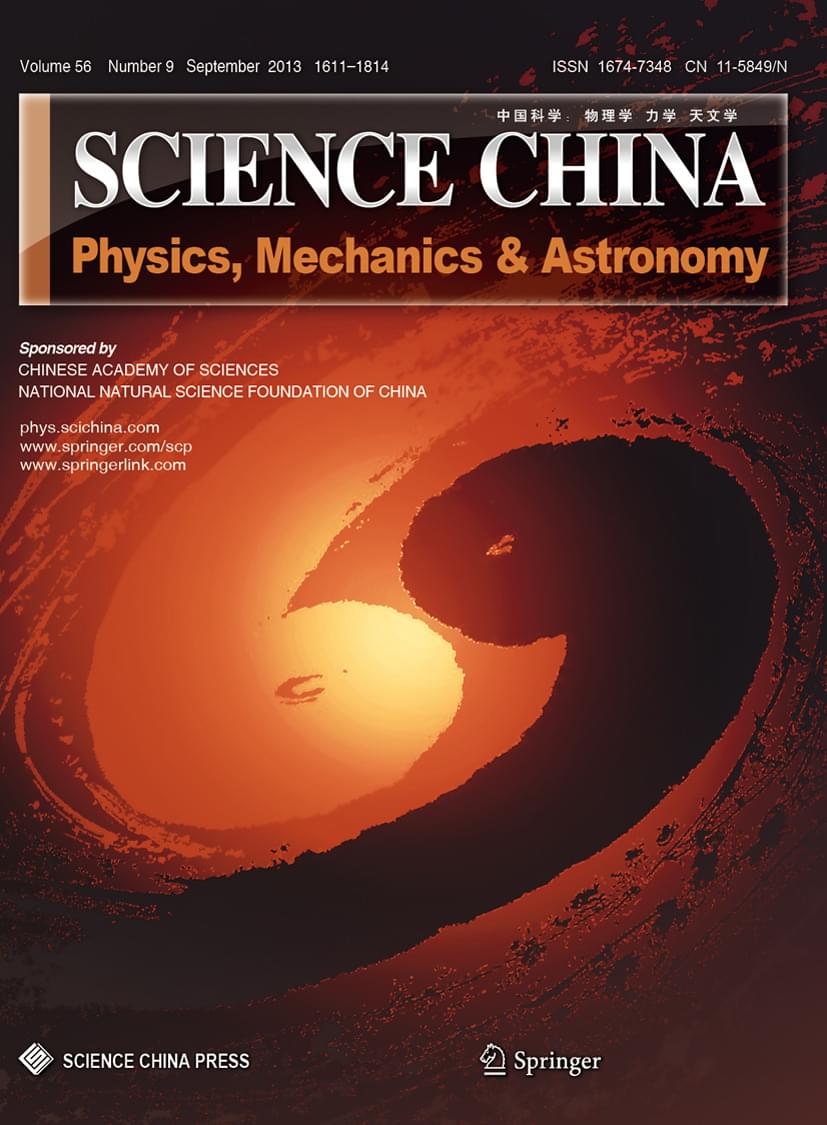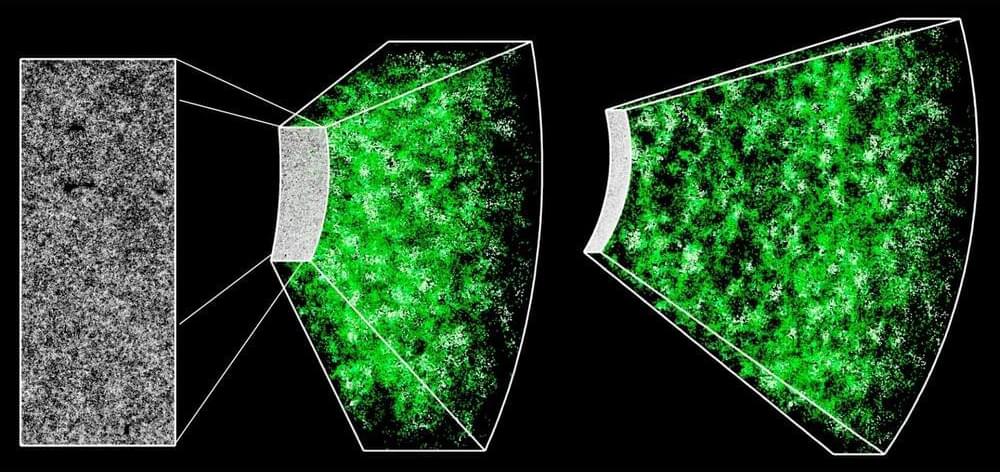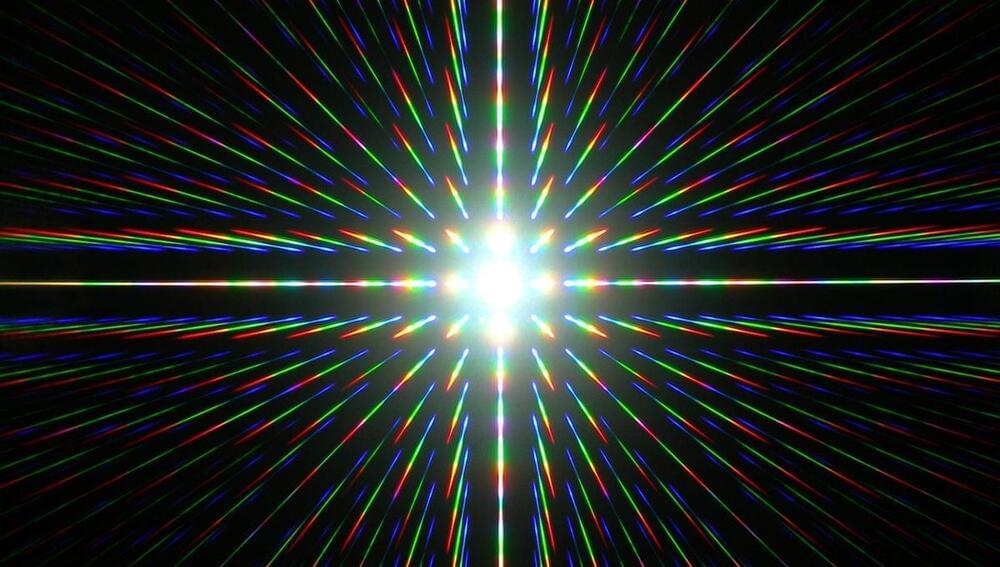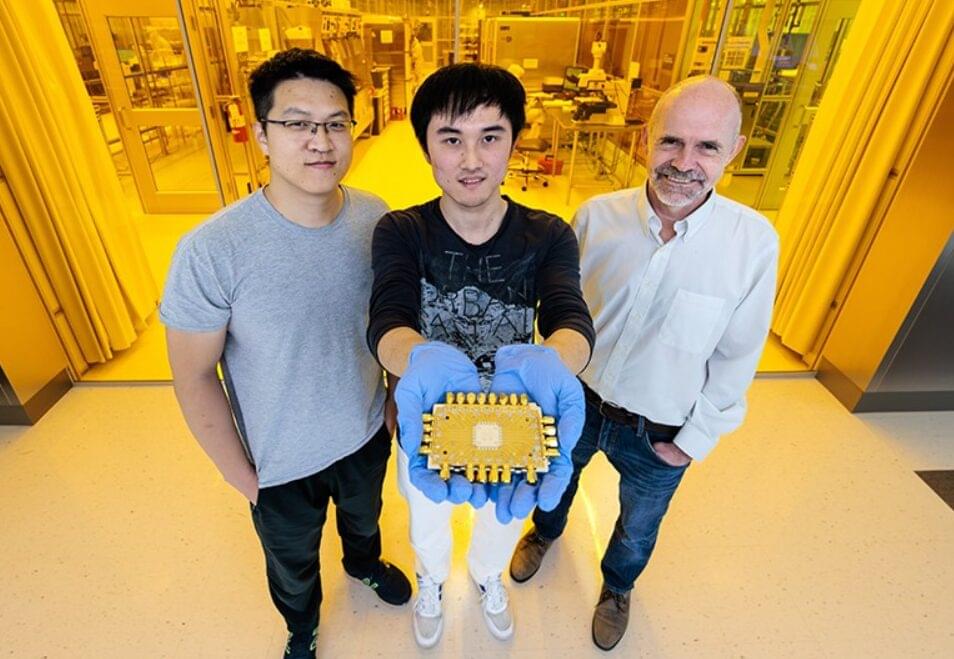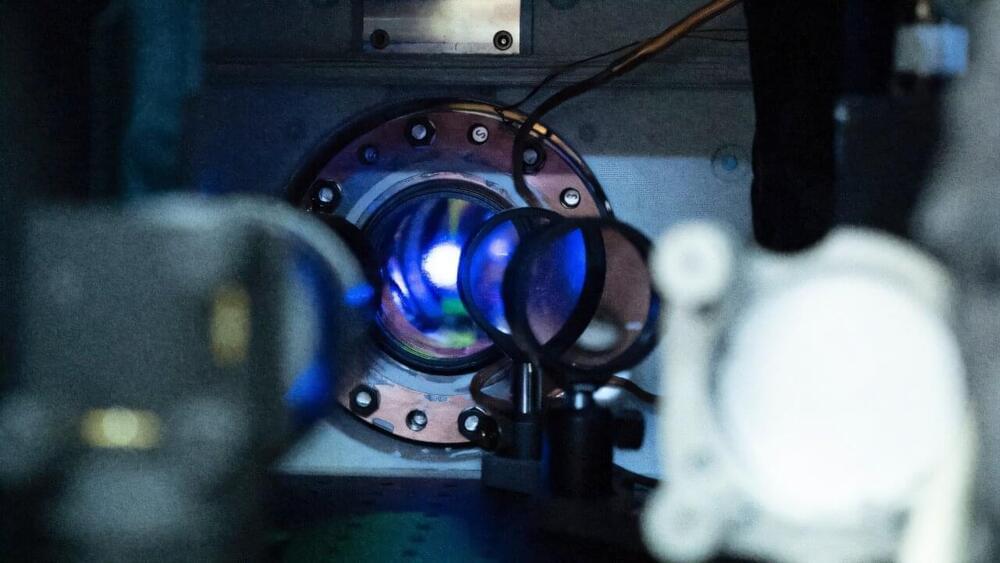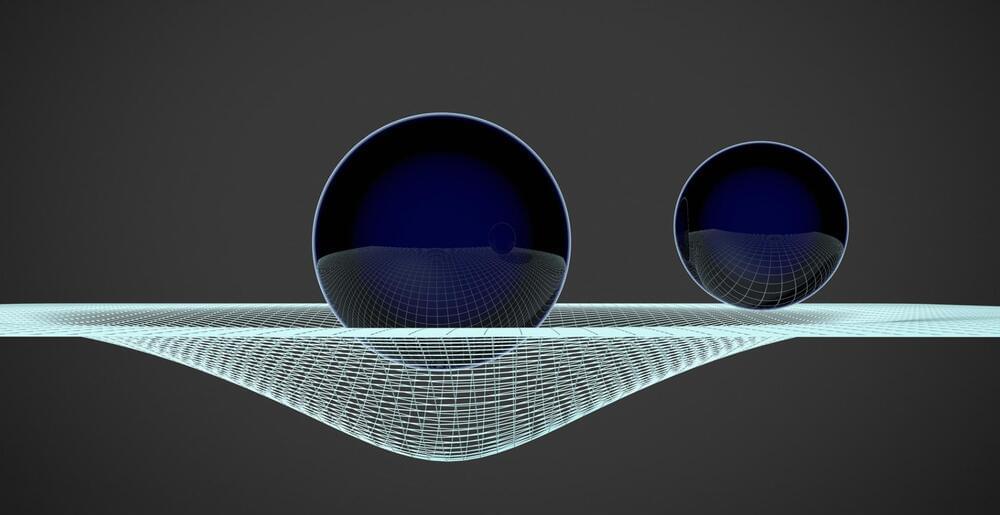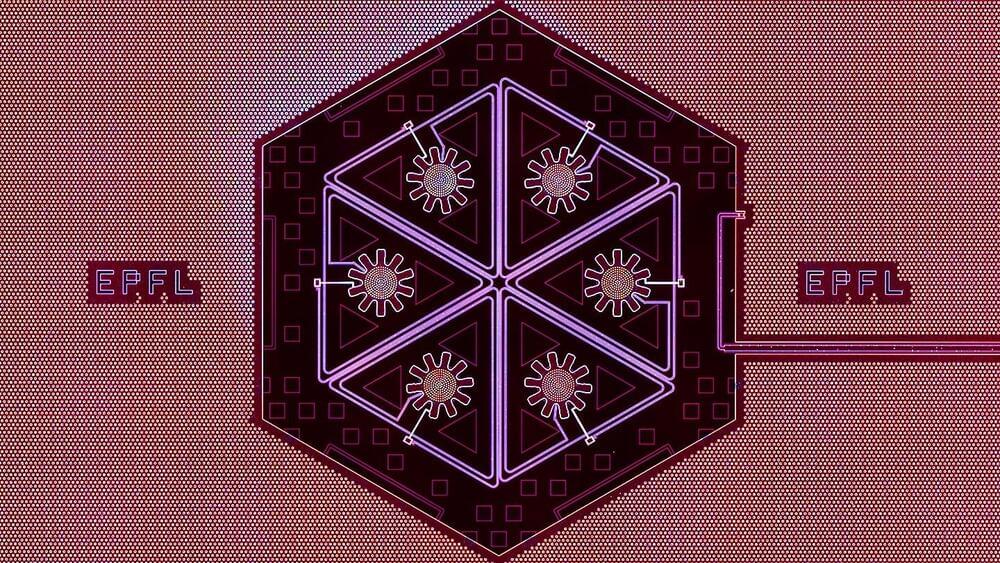
Scientists at EPFL achieved a breakthrough by synchronizing six mechanical oscillators into a collective quantum state, enabling observations of unique phenomena like quantum sideband asymmetry. This advance paves the way for innovations in quantum computing and sensing.
Quantum technologies are revolutionizing our understanding of the universe, and one promising area involves macroscopic mechanical oscillators. These devices, already integral to quartz watches, mobile phones, and telecommunications lasers, could play a transformative role in the quantum realm. At the quantum scale, macroscopic oscillators have the potential to enable ultra-sensitive sensors and advanced components for quantum computing, unlocking groundbreaking innovations across multiple industries.
Achieving control over mechanical oscillators at the quantum level is a critical step toward realizing these future technologies. However, managing them collectively poses significant challenges, as it demands nearly identical units with exceptional precision.


